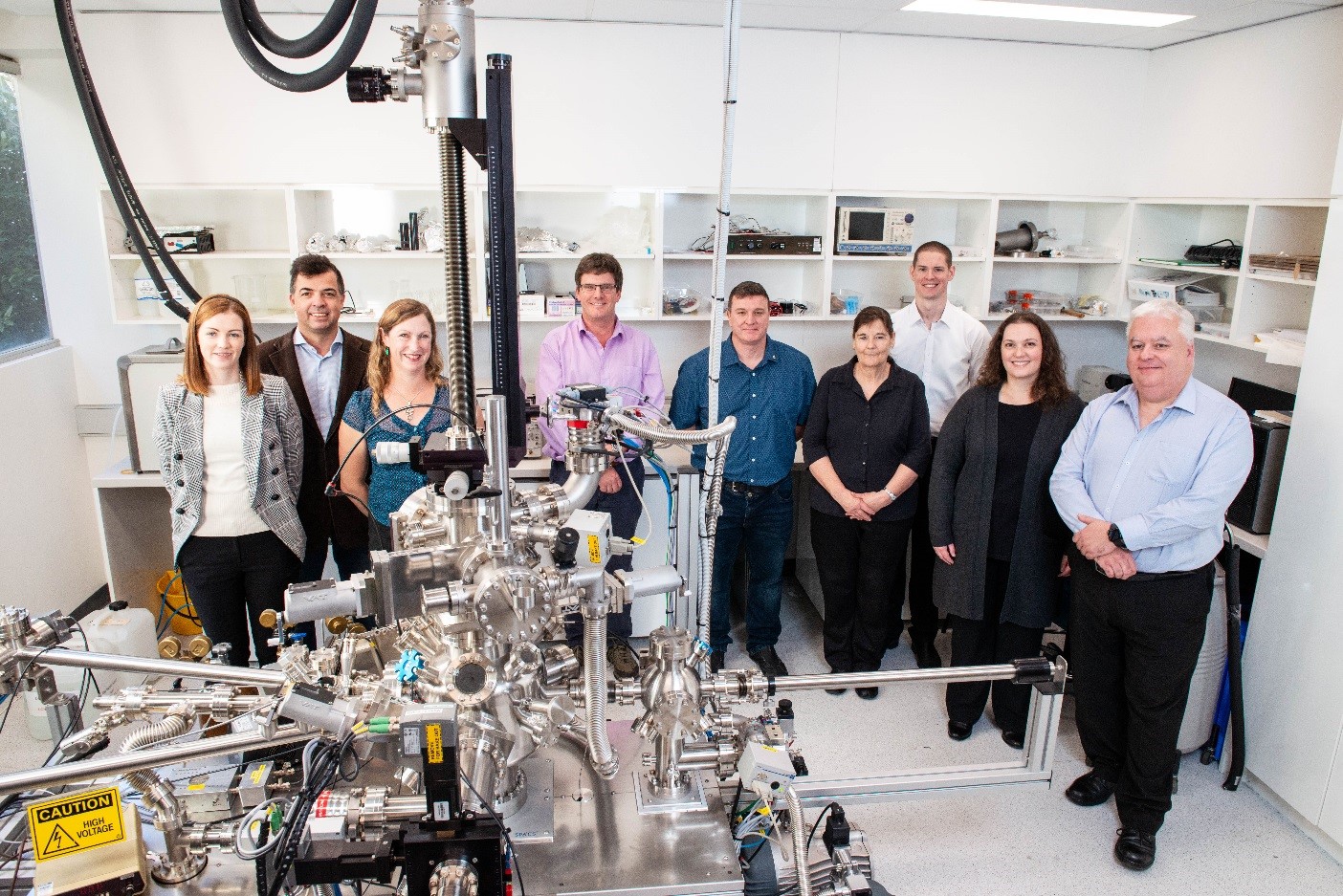
Industry and scientists will have access to a wide range of cutting-edge instruments and research tools at Flinders University, including a multimillion-dollar ‘Photoemission electron microscope,’ or ‘PEEM’.
The powerful microscope – the only one of its kind in Australia – will be acquired by the newly established Flinders Microscopy and Microanalysis facility at the University’s Bedford Park main campus, south of Adelaide.
The PEEM’s spectro-microscopic technique combines high lateral resolution parallel imaging with photoemission spectroscopic analysis for the chemical composition of material surfaces.
Part funded by the latest $12.6 million federal government’s National Collaborative Research Infrastructure Strategy (NCRIS) contribution to SA research, an Australian Research Council Linkage Infrastructure, Equipment and Facilities (LIEF) grant and Microscopy Australia, Flinders Microscopy and Microanalysis is open access for research, supporting vital development of nanomaterials, photovoltaics, corrosion, 3D metal printing prototypes and minerals processing.
Flinders University Deputy Vice-Chancellor (Research) Professor Robert Saint says the facility – which includes the neutral impact collision ion scattering spectroscopy (pictured) – is open to Australian and visiting scientists and researchers, and industry users ranging from medical research and advanced manufacturing to applications in geology, agriculture and materials science.
“The new centre will house a unique suite of capabilities and instruments, including custom-built facilities designed in collaboration with scientific instrumentation companies,” Professor Saint says.
The facility’s director, Associate Professor Sarah Harmer, says a team of multidisciplinary instrument leaders and highly skilled technical staff will be on hand.
“With instruments specialised for materials characterisation and light microscopy, Flinders Microscopy and Microanalysis is ideally suited to support the research needs of university, government and industry in South Australia and beyond,” Associate Professor Harmer says.
The range of equipment, suited for a wide range of imaging and characterisation, is available for once-off sample analysis as well as training to enable independent use for ongoing projects.
“Together the instruments allow for high resolution imaging of biological samples, materials characterisation with excellent spatial resolution,” she says.
A list of the instruments and full capabilities can be found at Flinders Microscopy and Microanalysis website or email microscopy@flinders.edu.au for further information.
The facility is a collaboration between the College of Science and Engineering and Flinders College of Medicine and Public Health at Flinders University.

